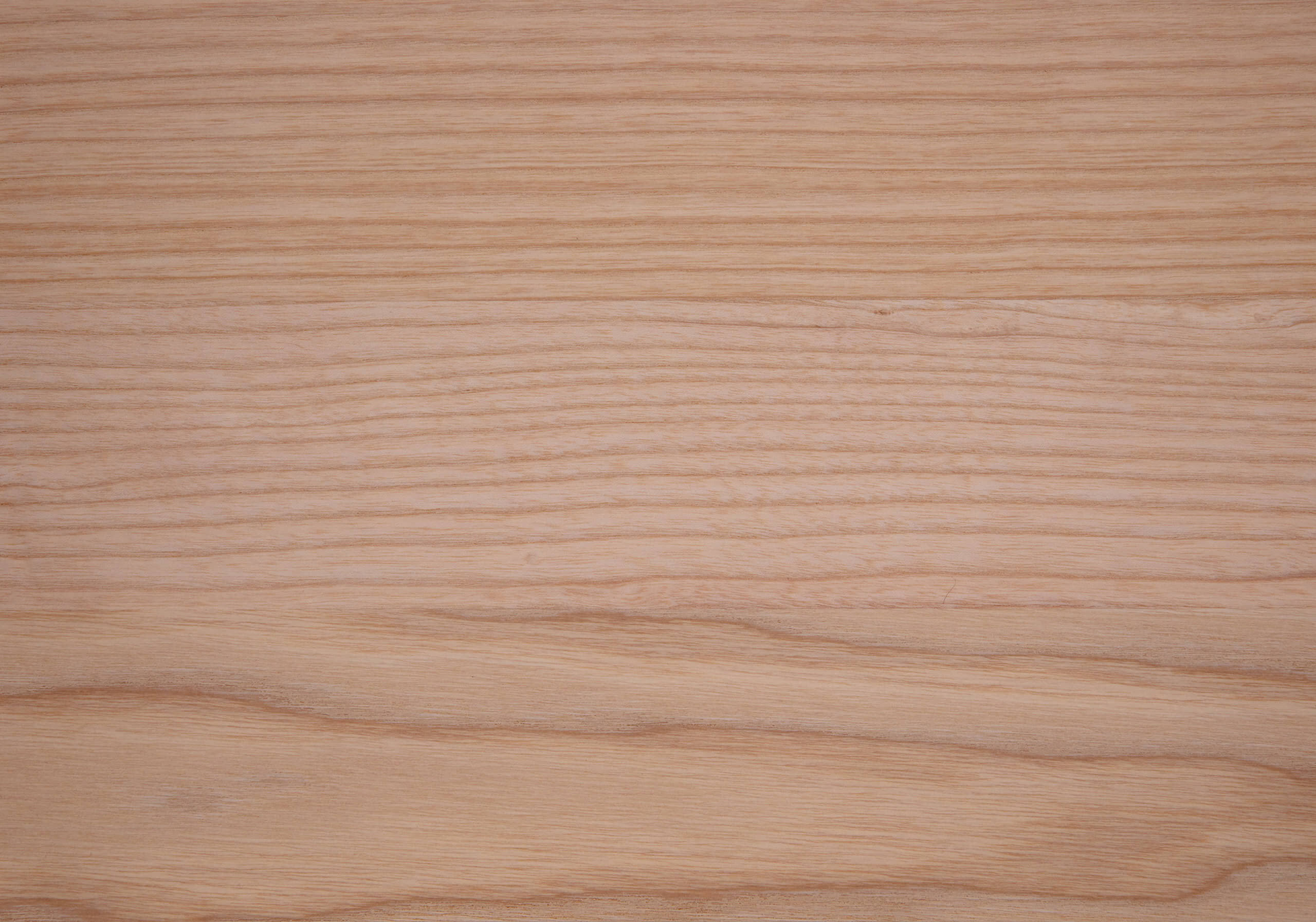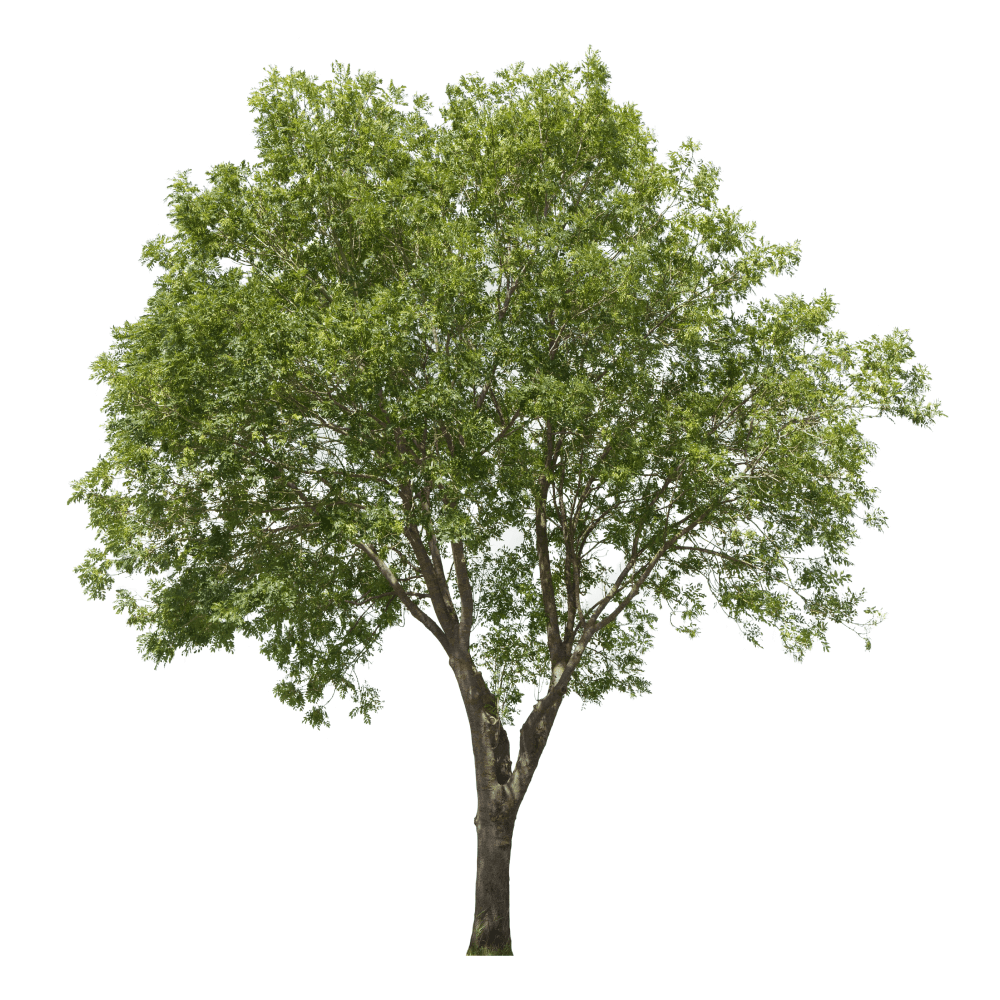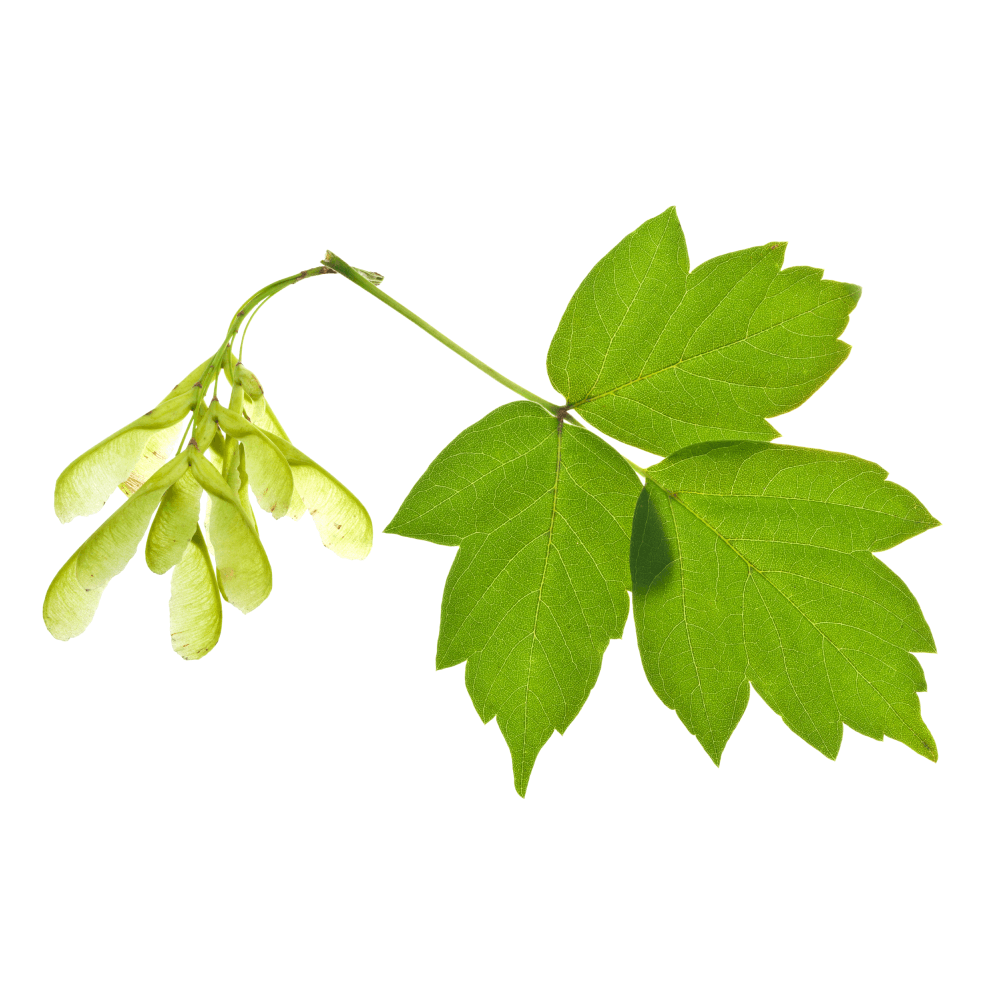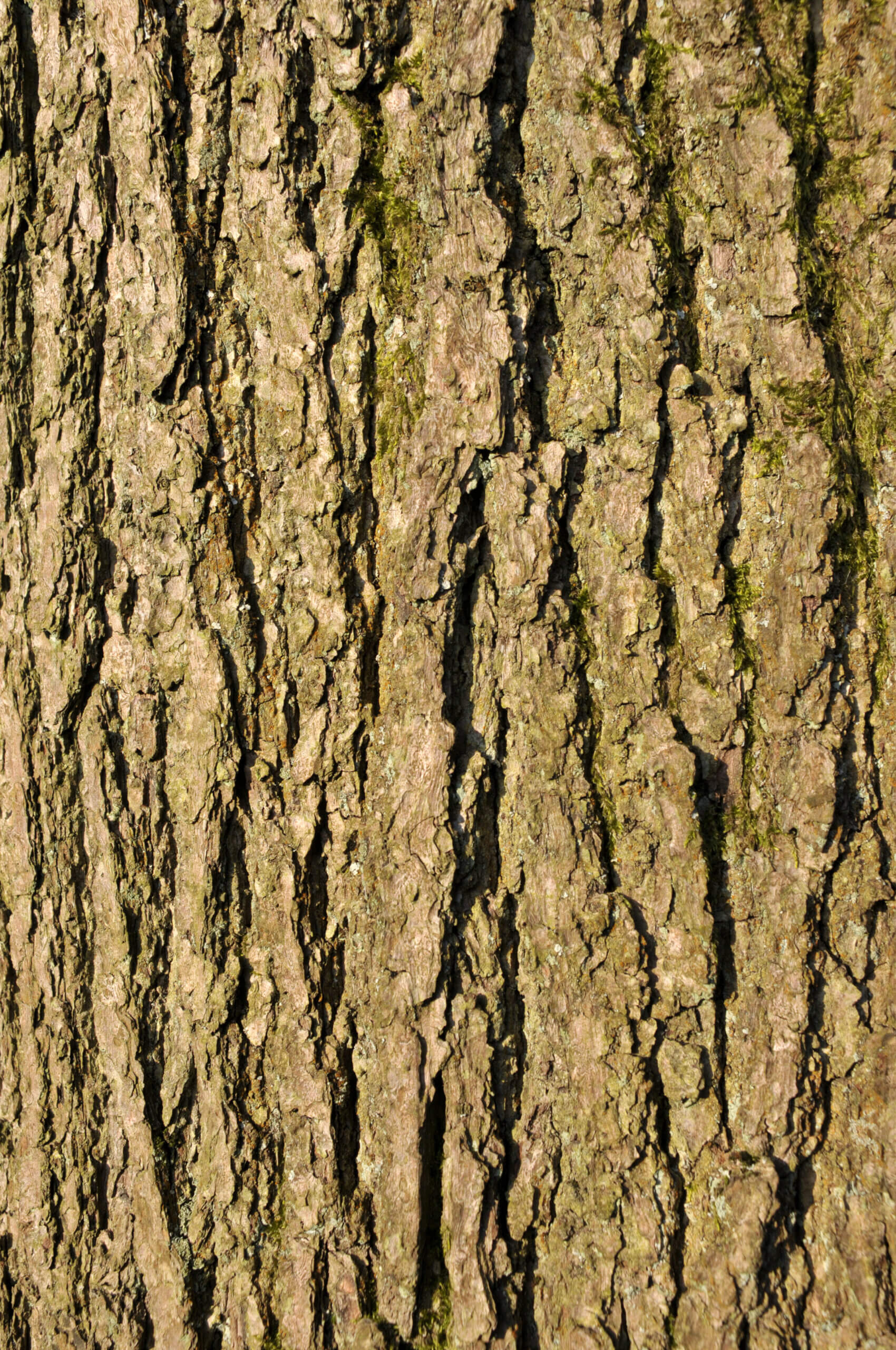Ash / Common Ash
Fraxinus excelsior

After beech and oak, ash is one of the most important native hardwoods. It forms valuable, often threatened habitats and provides an important habitat for insects and birds. Due to its high growth rate and excellent wood quality, ash is of great importance for the forest industry. Because of its many valuable characteristics, the wood of the ash tree is also highly sought after. With its tough and flexible structure, it is one of the strongest and most resilient woods and is therefore preferred for the production of sports equipment. Ash wood with a light core is in great demand for interior finishing. Under favourable conditions, the deep-rooted ash can reach an age of about 300 years on well-aerated, deep and alkaline soils. Knot-free trunk sections up to 20 m long are not uncommon.
Comments
Low durability, especially outdoors. Not weather resistant.
Hardness grade
37 - 41 Brinell
Color
yellowish or pale reddish, occasionally grayish brown.
Color change
Natural yellowing.
Origin
- The range of the ash tree extends over almost the whole of Europe; it is particularly common in the northern foothills of the Alps, in Poland and in the Baltic States.
- Ash trees are found in alluvial forests and along streams and rivers (so-called "water ash"), but also on rather dry limestone soils ("lime ash").
- It is also a very common street and avenue tree.
Wood character
- Sapwood light, very broad; heartwood usually like sapwood, yellowish or pale reddish, occasionally greyish brown, often tinted darker.
- Sapwood/nucleus boundary not always pronounced (optional colour nucleus).
- Texture marked by broad early wood grain ring, mostly coarse, late wood grain as light individual groups, occasionally in oblique or short tangential arrangement.
- Wood with a slight semigloss, without a specific odour.
- The natural yellowing of ash can be counteracted with a brightening varnish/oil with appropriate UV protection.
Use
- Thanks to its light and decorative appearance, ash is in great demand for furniture construction, for example for tables or chairs, both for the private and the public sector.
- Application in stressed components (sports equipment, tools, etc.)
Characteristics
Weight: 720 KG/M³
Weight (Average bulk density air dry, ᵨ 12...15)
Average hardness: 39 N/MM²
Average hardness according to Brinell (radial)
Stability: mittel
Dimensional and form stability
Durability: nicht dauerhaft
Natural durability according to DIN-EN 350-2


